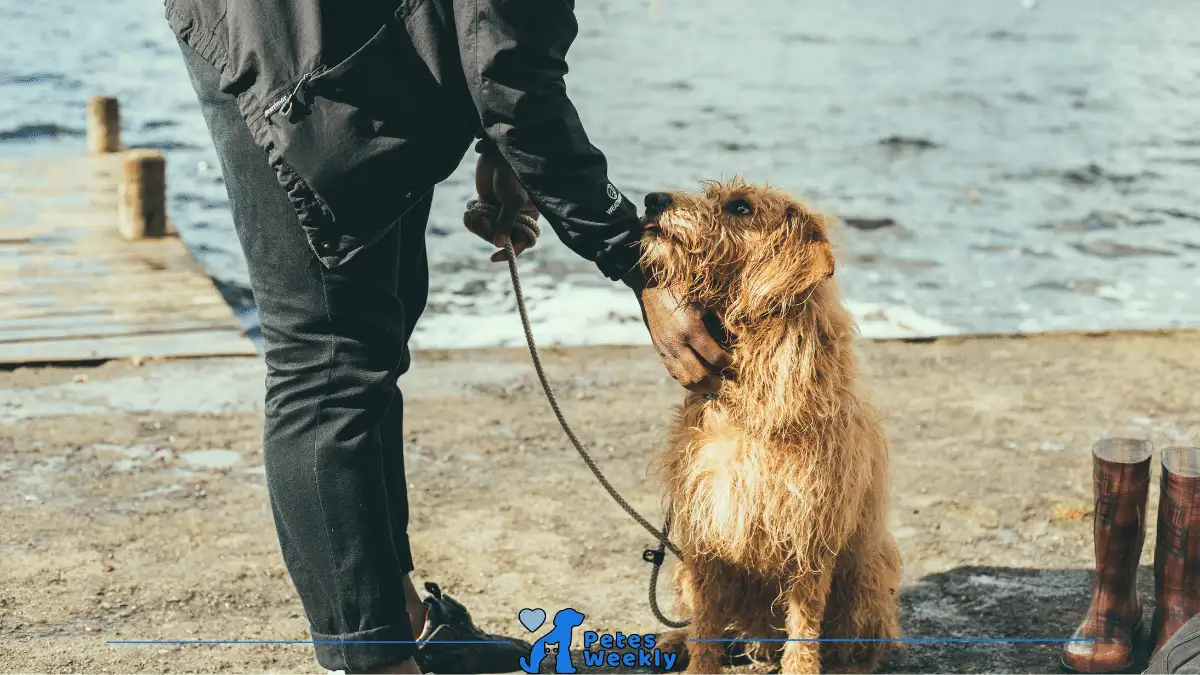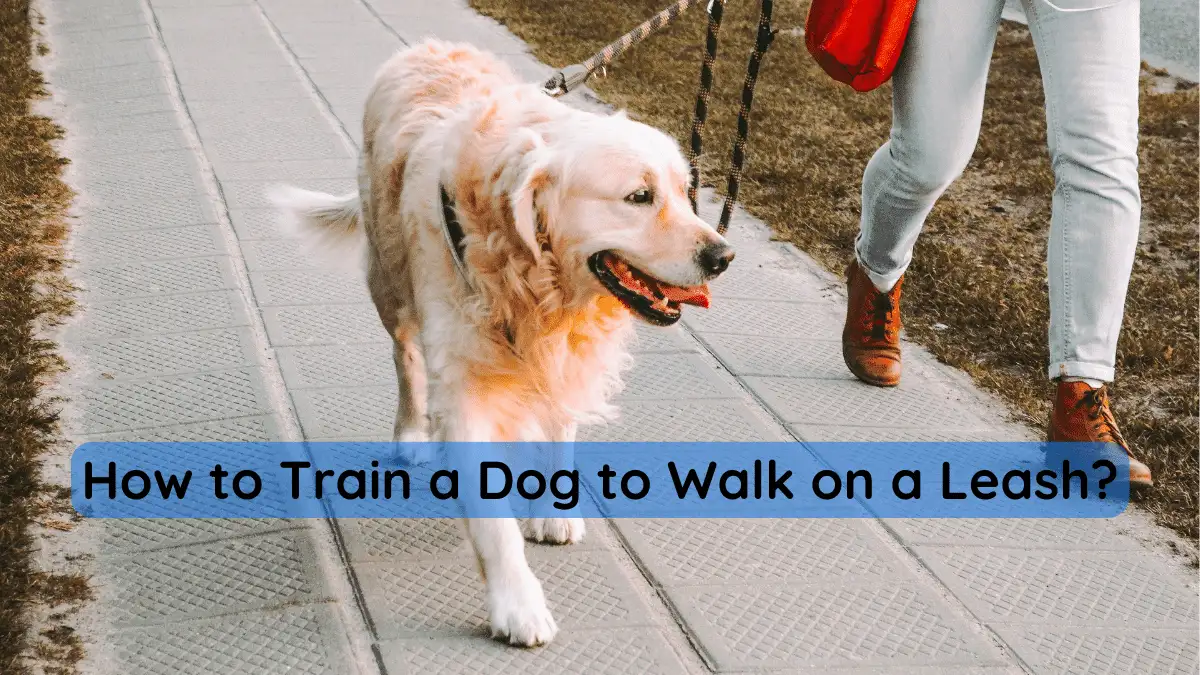How to Train a Dog to Walk on a Leash?
Leash training a dog offers fantastic benefits to both the dog and the owner. Daily walks not only promote physical exercise but also strengthen the bond between you and your furry friend.
Understanding the Basics of Leash Walking
Why Leash Training is Essential
Walking your dog has its risks due to lots of distractions out there. Leash training provides safety, instills good behavior during outdoor walks, and offers socialization with other canines.
Choosing the Right Equipment for Leash Training
The market has a variety of leashes, such as Retractable leashes, flat collars, head halters, and prong collars. Opting between harnesses and Head collars depends on your dog’s size and temperament.
Getting Started with Leash Training Your Dog
Introducing the Leash and Collar/Harness
Make the first experience positive using tasty treats. Introduce the equipment for short periods, ensuring comfort.
The Foundation: Training Inside the House
Begin in a calm space, enhancing movement. Aim for your dog to follow you without pulling, emphasizing its position.
Keeping Sessions Short and Productive
Short sessions with verbal commands in an excited voice and cheerful tone are key. Check for eye contact and stress signs.

Training Your Dog to Walk by Your Side
Establishing a Designated Side
Consistency matters. Always have them walk on the same side every single time. An excited voice can grab their attention.
Using Rewards Effectively
Reward with tasty treats and use verbal commands. A cheerful tone of praise and a little affection go a long way.
Gradual Progression: From Backyard to the Neighborhood
The transition from quiet places to areas with lots of distractions. Take it slow, ensuring your dog remains comfortable.
Troubleshooting Common Leash Walking Problems
Addressing Pulling Behavior, a Common Behavior
Try the “stop and go” technique for unwanted behaviors. Or, “changing directions” during slow walks teaches polite walking.
Dealing with Distractions on Walks
Use verbal commands such as “Look at me” or “Leave it.” If challenges persist, seek a professional trainer.
Overcoming Fears and Phobias During Normal Walks
Enhance confidence during outdoor walks. Make every experience enjoyable, focusing on positive reinforcement.
Key Takeaways
- Consistency and positive feedback matter.
- Proper equipment choice is vital.
- Tackle any issues early on.
Conclusion
Leash training is essential for safety and enjoyment. Stay patient and consistent. Celebrate each milestone, looking forward to many walks with your well-behaved companion.
FAQ
How can I use treats effectively during leash training sessions?
Treats are a form of positive reinforcement. Use them to reward your dog when they maintain a good position during loose-leash walking or when they exhibit polite walking behaviors. Make sure the treat is something they love, and remember to offer it immediately after the desired behavior.
What are the steps to ensure my dog gets used to their collar and harness?
Introduce the collar or harness in a calm environment. Let your dog sniff and investigate it. Then, put it on them for short periods, increasing the duration. Pairing the experience with treats can help build positive associations.
My dog keeps barking at other dogs while on a leash. Any training techniques to reduce this behavior?
Barking at other dogs can be a sign of excitement, fear, or territorial behavior. Introduce your dog to friends’ or neighbors’ dogs in a controlled environment, ensuring both are on leashes. Use treats and positive reinforcement to reward calm behavior. If barking persists, consult with a professional trainer for more tailored advice.
Is there a difference in leash training an adult dog compared to a puppy’s energy and patience?
Adult dogs might have ingrained habits that can take longer to change. But they might also have less energy than puppies, which can make some aspects of training easier. Puppies are more impressionable but may have shorter attention spans. Regardless of age, positive reinforcement is key, and being consistent in your training sessions will yield the best results.
Can you offer some tips on leash training for achieving loose-leash walking and polite walking?
Begin your leash training journey in a quiet environment with minimal distractions. Keep training sessions short and fun. If your dog pulls, stop walking until they return to the desired position. Use treats and praise as positive reinforcement. Introduce more distractions, and always end on a positive note. As your dog progresses, the goal is to achieve loose-leash walking where the leash remains slack, indicating your dog is walking by your side.
